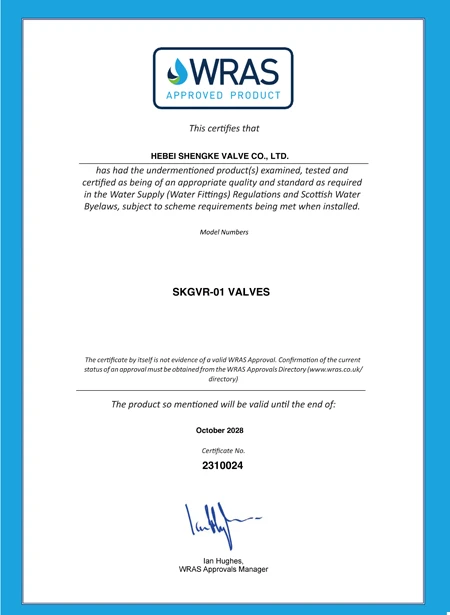9 月 . 25, 2024 18:18 Back to list
gate valve
Understanding Gate Valves A Comprehensive Overview
Gate valves are crucial components in various plumbing and industrial applications. They are designed to either fully open or fully close the flow of liquid, which distinguishes them from other valve types such as globe and ball valves that can regulate flow. The primary mechanism of a gate valve involves a wedge-shaped gate that moves up and down to control the flow, making it an effective choice for on/off service.
One of the defining characteristics of gate valves is their excellent sealing capability. When fully closed, the gate mechanism presses against the valve seat, creating a tight seal that prevents leakage. This quality makes gate valves particularly suitable for high-pressure applications where leak prevention is critical. Additionally, gate valves are typically used in larger pipe sizes and in systems where a straight-line flow of fluid is essential, as they do not impede flow when fully opened.
Gate valves come in various designs, including rising stem and non-rising stem configurations
. In a rising stem gate valve, the stem rises as the valve opens, allowing users to visually confirm the valve’s position. Conversely, a non-rising stem operates with a screw mechanism where the stem does not rise, making it suitable for applications with limited vertical space. The choice between these designs often depends on the specific operational requirements and physical constraints of the installation.gate valve

Manufacturing materials also play a significant role in the performance of gate valves. Common materials include brass, bronze, stainless steel, and cast iron, each providing different levels of corrosion resistance and mechanical strength. For instance, stainless steel gate valves are favored in environments where corrosion resistance is paramount, such as in chemical processing plants. On the other hand, cast iron valves are often used in water supply and drainage systems due to their durability and cost-effectiveness.
While gate valves offer numerous advantages, they also have limitations. One notable drawback is their relatively slow operation; they typically require multiple turns to open or close completely. This slow response can be a concern in applications requiring rapid shut-off capabilities. Furthermore, gate valves are not ideal for throttling service, as partially opened valves can cause turbulence and lead to erosion within the valve and pipeline.
In conclusion, gate valves are essential for controlling the flow of liquids in various systems, excelling in applications where a full flow or complete shut-off is required. Their reliability, robust sealing capabilities, and variety of available materials make them suitable for diverse industries, from municipal water supply to oil and gas. Understanding the characteristics and appropriate applications of gate valves can ensure optimal performance and longevity in any fluid management system.
Share
-
Understanding the Differences Between Wafer Type Butterfly Valve and Lugged Butterfly ValveNewsOct.25,2024
-
The Efficiency of Wafer Type Butterfly Valve and Lugged Butterfly ValveNewsOct.25,2024
-
The Ultimate Guide to Industrial Swing Check Valve: Performance, Installation, and MaintenanceNewsOct.25,2024
-
Superior Performance with Industrial Swing Check Valve: The Essential Valve for Any SystemNewsOct.25,2024
-
Industrial Swing Check Valve: The Ideal Solution for Flow ControlNewsOct.25,2024
-
You Need to Know About Industrial Swing Check Valve: Functionality, Scope, and PerformanceNewsOct.25,2024